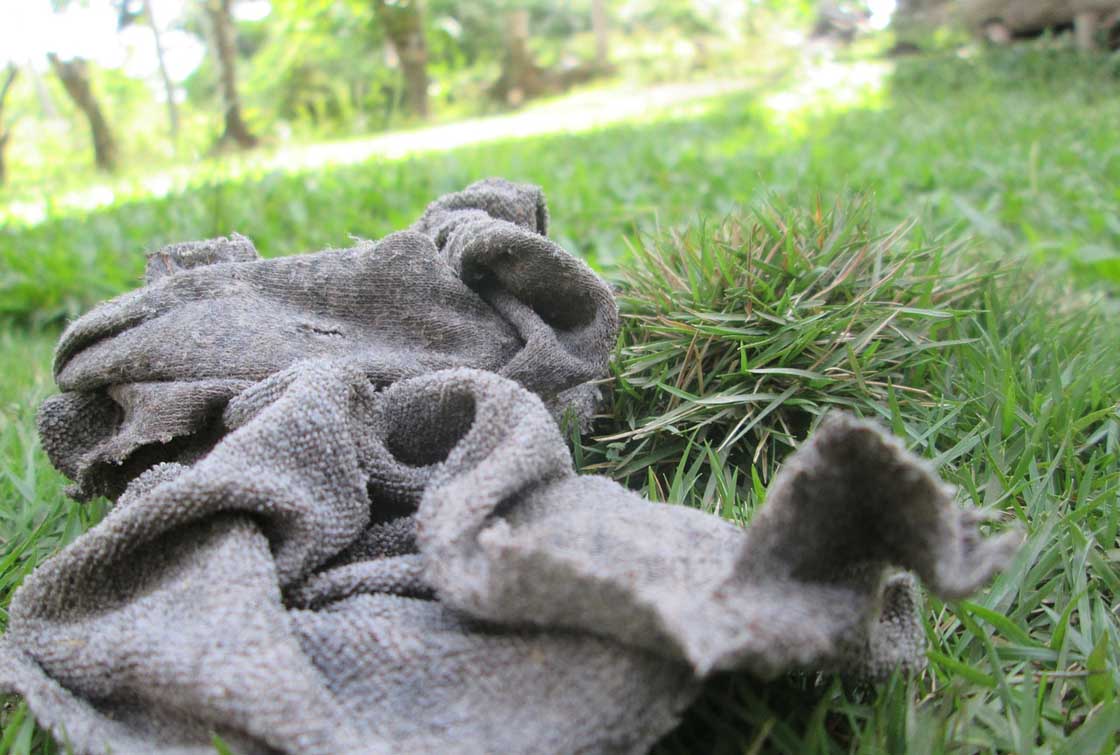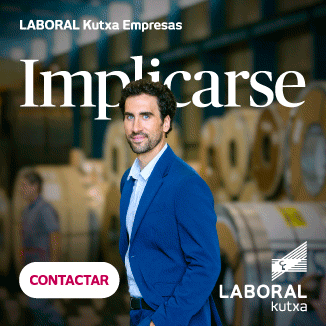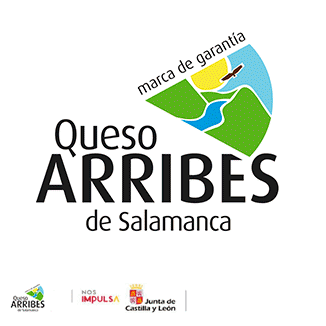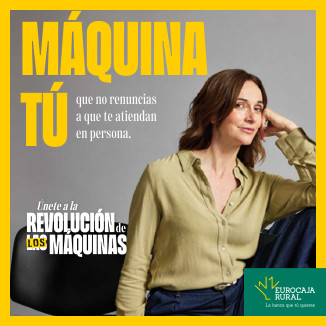REDUCCIÓN DE RESIDUOS TEXTILES
En el último artículo escribí de la reducción de residuos como primera opción aplicable a todos ellos. Pues bien, tres razones muy poderosas para empezar, por ejemplo, con los de la ropa: es el segundo residuo más contaminante, la vida útil se ha reducido a la mitad y la gran mayoría de las prendas termina en los vertederos.
Por otra parte, debemos tener en cuenta que el impacto ambiental, como con todo tipo de residuos, no se produce al finalizar la vida útil del producto. Para la elaboración productos textiles se utilizan sustancias tóxicas, aunque algunas de las multinacionales, están cambiando sus procesos para evitarlos; también, implica la generación del 3% de dióxido de carbono del mundo, proveniente de la fabricación del poliéster, que forma parte del 60% de las prendas y que no se degrada fácilmente. Asimismo, el transporte de materias primas y la posterior distribución de la ropa impacta de manera notable, pues los puntos de desarrollo de varios procesos de manufactura están localizados en diferentes lugares del mundo.
Así pues, hay que considerar opciones para reducir la producción de residuos textiles, tales como:
- Comprar productos de buena calidad y duraderos, buscando modelos que no pasen de moda.
- Cambiar la adquisición de vestidos y trajes para ocasiones puntuales por su alquiler.
- Utilizar ropa que familiares o amigos ya no utilicen o comprarla de segunda mano.
- Comprar ropa ecológica, de tejidos naturales, de materiales reciclados, de comercio justo o de productores y diseñadores locales.
- Alargar la vida útil teniendo en cuenta las recomendaciones de lavado, planchado y secado.
- Crear y elaborar la propia ropa a partir de tela o reconvirtiendo prendas.
¡Hagamos un esfuerzo para la reducción de los productos textiles!
“La tela buena, siempre que se lava, se estrena”. (Popular)
REDUCTION OF TEXTILE WASTE.
In the last article, I wrote about the reduction of waste as the first option applicable to all of them. Well, three very powerful reasons to start, for example, with those of clothing: it is the second most polluting residue, the useful life has been reduced by half and the vast majority of garments end up in landfills.
On the other hand, we must bear in mind that environmental impact, as with all types of waste, does not occur at the end of the product’s useful life. For the production of textiles, toxic substances are used, although some of the multinationals are changing their processes to avoid them; also, it implies the generation of 3% of carbon dioxide in the world, coming from the manufacture of polyester, which is part of 60% of the garments and that does not easily deteriorate. Likewise, the transport of raw materials and the subsequent distribution of clothing has a remarkable impact, since the points of development of the several manufacturing processes are located in different parts of the world.
Therefore, we must consider options to reduce the generation of textile waste, such as:
- Buy good quality and durable products, looking for models that do not go out of style.
- Change the purchase of dresses and suits to be occasionally used for rented ones.
- Use clothes that family or friends no longer use or buy second hand.
- Buy organic clothing of natural fabrics, recycled materials, fair trade or local producers and designers.
- To extend the useful life taking into account the recommendations of washing, ironing and drying.
- Create and make your own clothes from fabric or reconverting garments.
Let’s make an effort to reduce textile products!
“The good cloth, whenever it is washed, use for the first time”. (Proverb)
Antonio González Losa



















